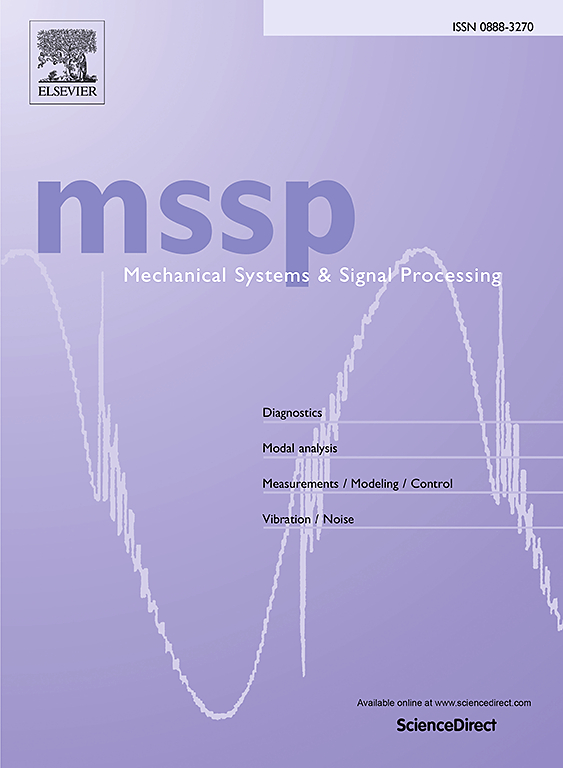Accurate structural displacement reconstruction from acceleration and computer vision measurements using physics-informed neural networks
IF 7.9
1区 工程技术
Q1 ENGINEERING, MECHANICAL
引用次数: 0
Abstract
Displacement is a critical parameter in structural health monitoring (SHM). However, existing approaches, including direct measurement, indirect measurement, and data fusion techniques, face inherent limitations. To address these challenges and achieve high-precision displacement reconstruction by leveraging multiple structural responses, this study proposes a physics-informed neural networks (PINNs) method that integrates accelerations and computer vision-based displacements sampled at limited resolution and frame rate. The governing equation for displacement reconstruction is derived and incorporated as a physical constraint within the loss function to enhance the interpretability of model training. This method enables the estimation of high-precision displacements for various conditions and measurement locations not included in the training dataset. To validate the effectiveness of the proposed approach, experimental tests were performed on a scaled model bridge, as well as field tests on a 50-meter-span tied arch bridge. The results indicate that the integration of physical information can effectively guide and constrain the process of network training. In addition, the displacements reconstructed by the proposed PINNs method exhibit lower relative errors and higher correlation compared to those obtained by different vision-based methods, traditional neural networks, and conventional data fusion approaches. Furthermore, the spectral analysis results demonstrate that PINNs can accurately reconstruct the high-frequency components of structural responses that are not captured by the vision-based displacements.
利用物理信息神经网络从加速度和计算机视觉测量中精确重建结构位移
位移是结构健康监测中的一个重要参数。然而,现有的方法,包括直接测量、间接测量和数据融合技术,都面临着固有的局限性。为了应对这些挑战并通过利用多种结构响应实现高精度位移重建,本研究提出了一种物理信息神经网络(pinn)方法,该方法集成了在有限分辨率和帧率下采样的加速度和基于计算机视觉的位移。导出了位移重建的控制方程,并将其作为物理约束纳入损失函数中,以提高模型训练的可解释性。该方法可以对训练数据集中未包含的各种条件和测量位置进行高精度位移估计。为验证该方法的有效性,对某桥梁进行了比例模型试验,并对某50米跨径系拱桥进行了现场试验。结果表明,物理信息的整合可以有效地指导和约束网络训练过程。此外,与其他基于视觉的方法、传统神经网络和传统数据融合方法相比,该方法重建的位移具有更低的相对误差和更高的相关性。此外,光谱分析结果表明,PINNs可以准确地重建结构响应的高频成分,而这些成分是基于视觉的位移所不能捕捉到的。
本文章由计算机程序翻译,如有差异,请以英文原文为准。
求助全文
约1分钟内获得全文
求助全文
来源期刊

Mechanical Systems and Signal Processing
工程技术-工程:机械
CiteScore
14.80
自引率
13.10%
发文量
1183
审稿时长
5.4 months
期刊介绍:
Journal Name: Mechanical Systems and Signal Processing (MSSP)
Interdisciplinary Focus:
Mechanical, Aerospace, and Civil Engineering
Purpose:Reporting scientific advancements of the highest quality
Arising from new techniques in sensing, instrumentation, signal processing, modelling, and control of dynamic systems
 求助内容:
求助内容: 应助结果提醒方式:
应助结果提醒方式:


